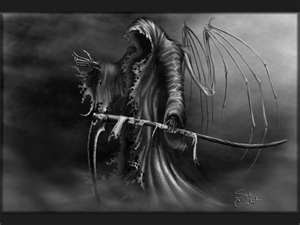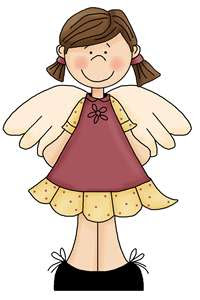Art is the process or product of deliberately arranging elements in a way to affect the senses or emotions.
Monday, May 28, 2012
Sunday, May 27, 2012
Clip art
Clip art, in the graphic arts, refers to pre-made images used to illustrate any medium. Today, clip art is used extensively in both personal and commercial projects, ranging from home-printed greeting cards to commercial candles. Clip art comes in many forms, both electronic and printed. However, most clip art today is created, distributed, and used in an electronic form. Since its inception, clip art has evolved to include a wide variety of content, file formats, illustration styles, and licensing restrictions. Clip art is generally composed exclusively of illustrations (created by hand or by computer software), and does not include stock photography.
Phad Paintings
Phad painting is an ancient form of folk painting that is basically a large painting on Khadi which depicts the heroic deeds of a heroic figure, the daily life of painters and peasants, rural life, animals and birds, flora and fauna. The smaller version of the phada is known as phadakye. This form of folk art painting makes use of natural earthen colors mixed with gum, water and indigo to get the required colors. Phad paintings are one of the most sought after folk art paintings in the Indian art and cultural context known for their vibrant and enchanting colors and features.
Phad painting is a type of scroll painting. These paintings are created using the rainbow of bright colors and subtle colors. The main themes of the Phad paintings depict the deities and their legends and the stories of erstwhile maharajas. These paintings are magnificent and its outlines are drawn in block and filled with colors. The outlines of the paintings are first drawn in block and later filled with colors.
Thangka painting
Most of the thangkas are painted on a canvas. Some are painted on paper or leather. Other are embroidered, appliquéd, woven and patchwork thangkas, but the Sketching else forms are not discussed here. Technically making a painted thangka occurs in four stages Preparing the foundation Sketching Painting Framing
Patachitra Paintings
The patachitra, the folk painting of Orissa, has a history of great antiquity. The `Patachitra` paintings exhibit the use of strong line and brilliant colors. These are religious paintings which covers themes and events from Indian mythology and Puranas and mainly made on silk or on old cotton glued with paper. Patachitras are painted in a regular series like Dashavatar of Vishnu and activities of Lord Rama & Krishna etc. The Patachitra paintings have a basic resemblance to the old murals of Kalinga region dating back to 5th century B C. The best Patachitra paintings are found in and around Puri, especially in the village of Raghurajpur.
The artists colony, known as Chitrakar Sahi, is in the vicinity of the local temple. Patachitras are known for their bold lines and brilliant play of colors. It is a hereditary art practiced by the family of the painters usually living in the vicinities of the temples. Initially, Raghurajpur and Dandasahi villages in the district of Puri were the only centers where the practitioners of this art lived but when temples were erected in other places in the state the artists spread in other areas like; Bolangir, Sambalpur, and Ganjam.
Saturday, May 26, 2012
Ajanta Murals Paintings
The digging of the Ajanta caves was initiated in the 4th century AD. Over the centuries, 29 such caves were dug by Buddhist monks, and used as cells and monasteries. These caves are adorned with sculptures of animals, guards and deities, and paintings of courtly life and Buddhist tales. Amidst these are several sculptures of Buddha.
Friday, May 25, 2012
Thursday, May 24, 2012
Ethnic Paintings
Painting is the most beautiful way to bring the imaginations and creativity of artists in front of the world. The art is as old as human civilizations, and the prehistoric rock paintings on cave walls and ceilings found in may parts of the world still continue to fascinate art lovers. During the medieval age, various forms of painting flourished in different parts of the world. Notable among them were Indian, Islamic, Chinese, Korean, Japanese and Western paintings. The Renaissance (14th to 17th century) in Europe is considered by many as the golden age of painting. Ethnicpaintings attempts to take you on an enlightening odyssey through the vibrant world of paintings. The site provides descriptive information on painting styles, media, tools, famous paintings and renowned artists across the globe. There is a wealth of well-researched and comprehensive articles on painting styles and movements, contemporary artists, and much more.
Monday, May 21, 2012
Sunday, May 20, 2012
Subscribe to:
Posts (Atom)



















































